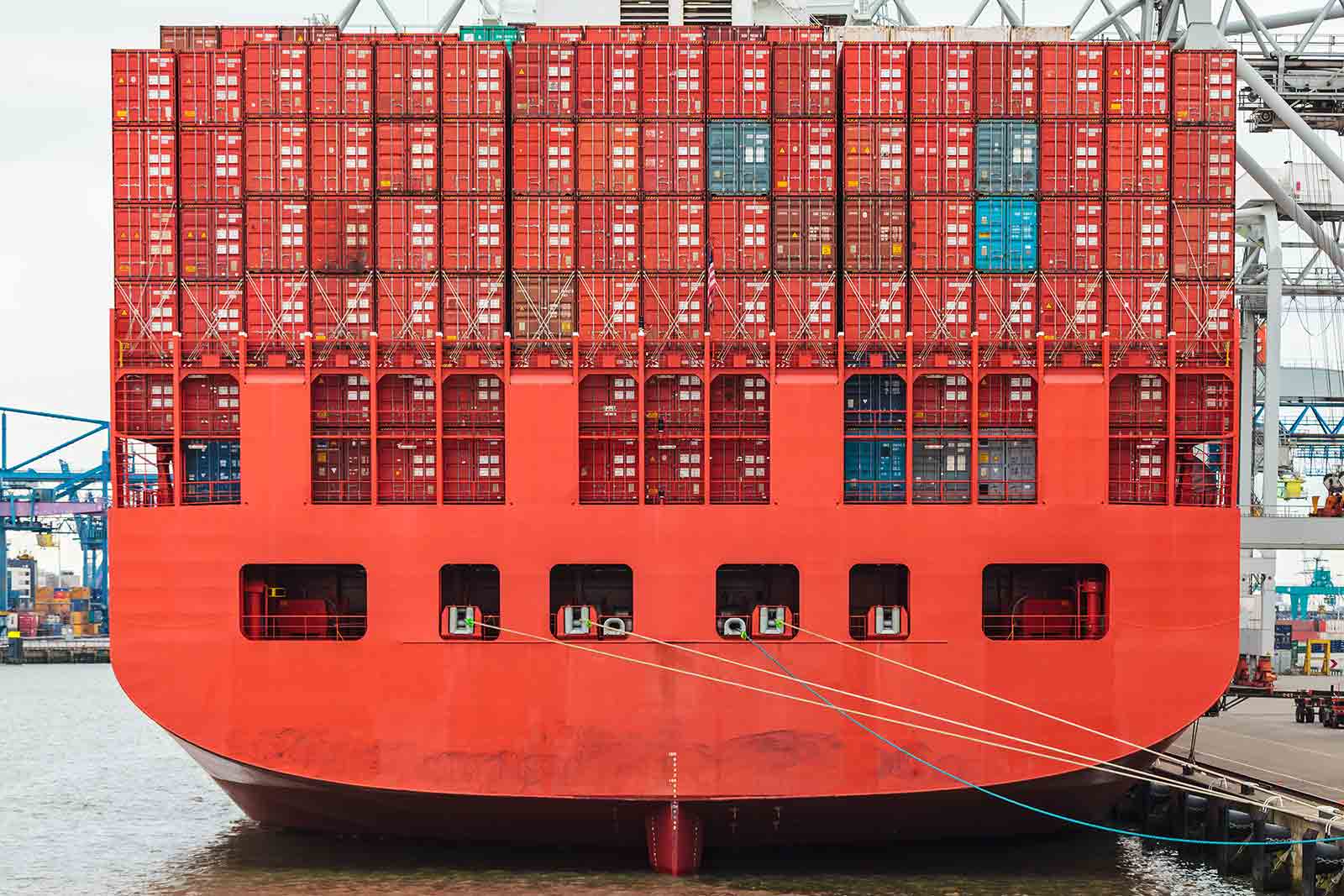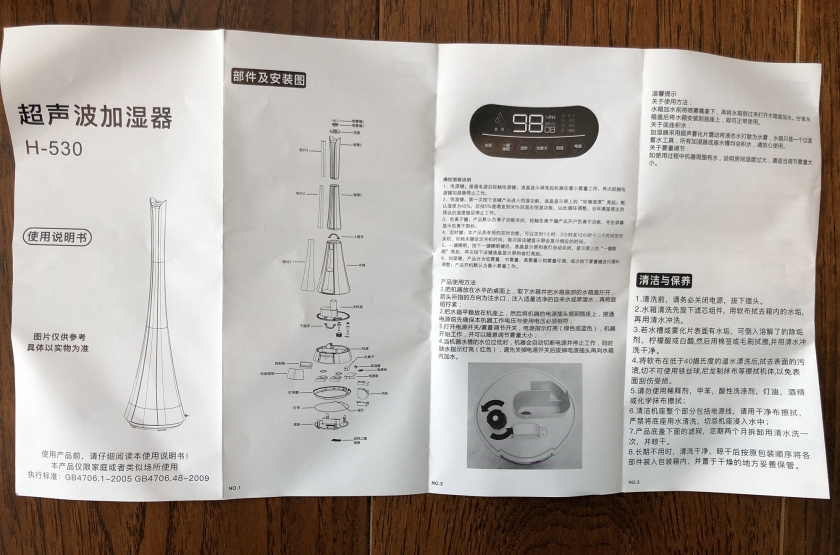5 Ways Big Translation will change the way you do business
- Emily Feng
- May 23, 2016
- 13,383 views

Statistics about translation are sobering. Currently, there are only 250,000 professional translators working across the world, yet there are nearly 6,500 languages spoken.
The result? We have a huge mismatch between the supply and demand for translation, as translation is still a complex and expensive process most businesses cannot afford. That means translation is still underutilized by businesses expressly because of how easily it gets overlooked when in fact, it can be a crucial component of your business strategy.
Fortunately, there are a number of innovations that are trying to make translation faster, more affordable, and more accessible. Chief among them is the groundbreaking idea that we can bypass traditional translation tools and move to a mobile app platform.
In just six years (2020), there will be 6.1 billion smartphone users. If even just a fraction of these users are bilingual, the sheer human translation power we would be able to tap into through mobile translation platforms would far exceed the computational capacity of any machine translation system. In the era of Big Translation, businesses would post projects of any length and in any language that would be picked up and completed by translators working around the world, that very day. In other words, Big Translation would combine aspects of machine translation with the sensitivity of human translation. We could finally make translation fast and inexpensive but also guarantee the complete accuracy of human translation.
With the advent of Big Translation, finding a translation solution that works for your business needs is easier than ever. Below are the top five ways Big Translation can transform the way you grow your company.
- Access international markets
The biggest advantage to employing translation services or utilizing translation software is being able to sell your products in new markets in different countries.
Fast-growing countries with developing economies – such as China, Brazil, India, and other countries in Asia – present enormous business opportunities as income levels there surge. The size of this emerging consumer class is staggering; in China alone, the working population exceeds the combined number of those in the US and Europe. As disposable income rises, these consumers will have more money to spend on new products and technology.
To capture a slice of these economic gains, non-domestic businesses will have to employ translation technologies and services to gain access to these new international markets. Additionally, being able to expand your markets brings the added benefits of moving out of already-saturated markets and diversifying your customer base. - Give your products an international level of quality
There is a big difference between a product that you develop for American customers versus a product adapted for users in South America. That difference goes beyond just simple translation; this is why human language talent (versus machine translation) is still crucial for many business applications today.
A good localization company or translation platform will effectively adapt your entire product to make it usable in another cultural context, including translating all text and adapting interface and packaging for a better user experience. By the end of the process, you’ll have a more sophisticated product that meets the demands of customers around the world. - Communicate with customers around the world
One of the biggest challenges for businesses looking to expand globally is figuring out how to offer customer or technical support in different languages as their customer base broadens. Providing international customer support adds a twist to the usual translation issue, because customer support often requires live communication rather than a one-time translation of content.
Fortunately, a number of translation technology innovations have made online live customer support a possibility. Translation platforms that specialize in translating digital and social media content can turnaround translations in a number of minutes, while crowdsourcing mobile apps like Stepes promise to turnover translations just as quickly for all types of content, including tech support. Equipped with new translation tools and processes, businesses can now directly communicate with their clients in their native language. - Have access to all the world’s languages in less time than ever
Most translation and localization companies offer at least 35 languages to choose from. With the proliferation of language technology companies now however, the languages now available for translation is growing. Moreover, turnaround time for large translation projects in multiple languages has diminished from months to weeks and sometimes days, depending on the company and translation tools being used.
The process for going global is more streamlined than ever, and with more languages on hand, the potential commercial reach for businesses has also expanded. For example, a company based in Boston can reach customers or partners in Sweden, Indonesia, and Argentina simultaneously without having to individually employ translators in each country; a translation platform will be able to coordinate all the moving pieces and languages in one step. - Scale up as a small business
The most common reason I hear from businesses that decline to employ translation services is that they simply can’t afford the extra expense. This is especially true for small businesses, which lack the overhead and resources to concentrate on expansion overseas. Fortunately, there are more affordable translation options out there today beyond the traditional translation company.
With more and more commerce being conducted online, more translation technology start-ups have emerged to handle this kind of digital content for lower costs. Websites, social media accounts, and product description are all types of content much needed by small businesses that these start-ups can now handle with ease. With more translation software tools at our disposal, even smaller outfits can access the same kind of translation resources to take their presence worldwide.











